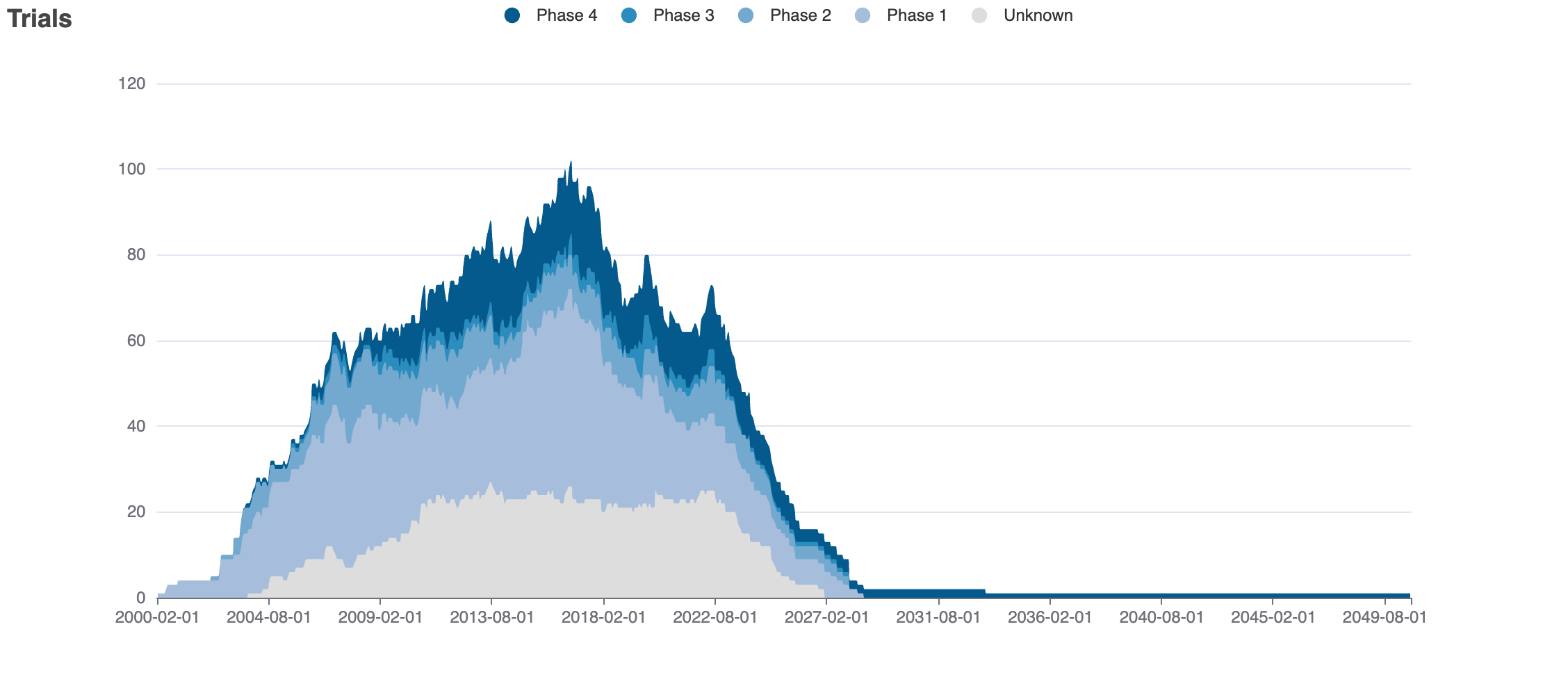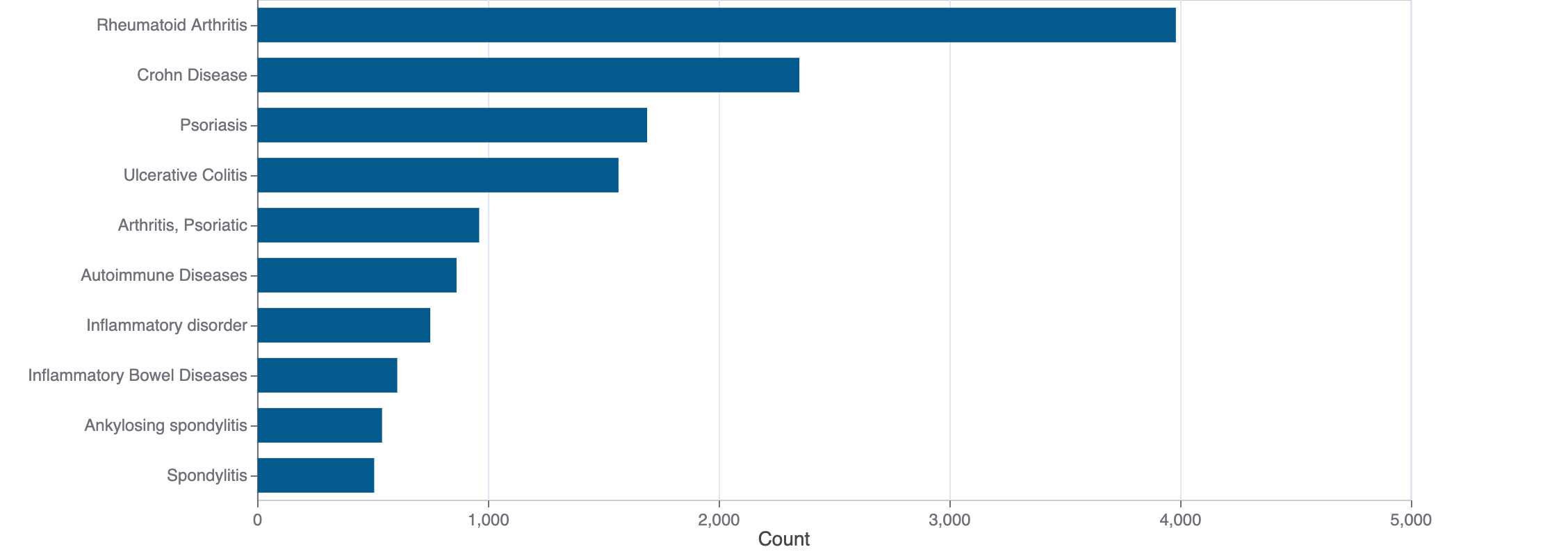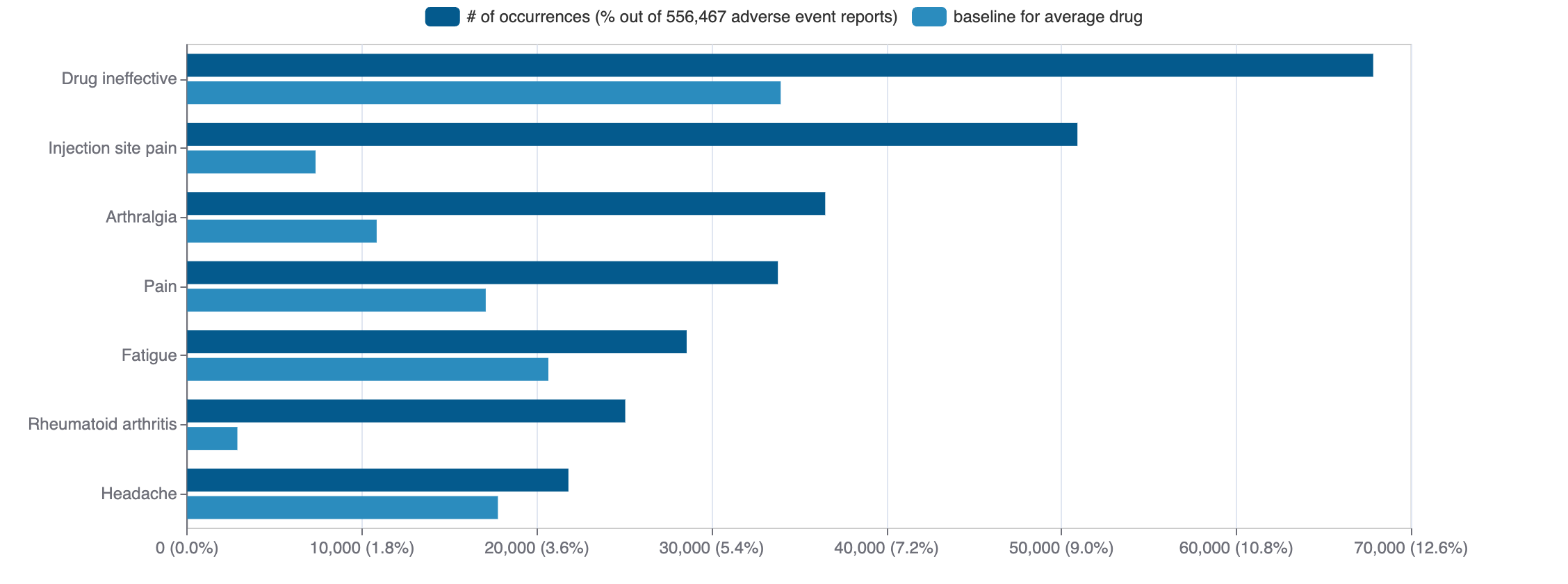Inosine
Inosine is a small molecule pharmaceutical. It is currently being investigated in clinical studies. It is known to target P2Y purinoceptor 4.
Download report
Favorite
Events Timeline
Commercial
Clinical
Drug
Target
Variants
Financial
Trends
Safety
Events Timeline
5D
1M
3M
6M
YTD
1Y
2Y
5Y
Max
Events
FDA approval date
EMA approval date
Patent expiration date
Study first post date
Last update post date
Start date
Primary completion date
Completion date
Results first post date

Mock data
Subscribe for the real data
Subscribe for the real data
Commercial
Therapeutic Areas
No data
Trade Name
FDA
EMA
No data
Drug Products
FDA
EMA
New Drug Application (NDA)
New Drug Application (NDA)
Abbreviated New Drug Application (ANDA)
Abbreviated New Drug Application (ANDA)
No data
Labels
FDA
EMA
Brand Name | Status | Last Update |
|---|---|---|
| rejuvesol | New Drug Application | 2023-02-14 |
Indications
FDA
EMA
No data
Agency Specific
FDA
EMA
No data
Patent Expiration
No data
ATC Codes
D: Dermatologicals
— D06: Antibiotics and chemotherapeutics for dermatological use
— D06B: Chemotherapeutics for topical use
— D06BB: Antivirals, topical
— D06BB05: Inosine
G: Genito urinary system and sex hormones
— G01: Gynecological antiinfectives and antiseptics
— G01A: Antiinfectives and antiseptics, excl. combinations with corticosteroids
— G01AX: Other gynecological antiinfectives and antiseptics in atc
— G01AX02: Inosine
J: Antiinfectives for systemic use
— J05: Antivirals for systemic use
— J05A: Direct acting antivirals
— J05AX: Other antivirals in atc
— J05AX05: Inosine pranobex
S: Sensory organ drugs
— S01: Ophthalmologicals
— S01X: Other ophthalmologicals in atc
— S01XA: Other ophthalmologicals in atc
— S01XA10: Inosine
HCPCS
No data
Clinical
Clinical Trials
228 clinical trials
View more details

Mock data
Subscribe for the real data
Subscribe for the real data
Indications Phases 4
No data
Indications Phases 3
No data
Indications Phases 2
No data
Indications Without Phase
No data
Epidemiology
Epidemiological information for investigational and approved indications
View more details
Drug
General
| Drug common name | Inosine |
| INN | inosine |
| Description | Inosine is a nucleoside that is formed when hypoxanthine is attached to a ribose ring (also known as a ribofuranose) via a β-N9-glycosidic bond. It was discovered in 1965 in analysis of RNA transferase.
Inosine is commonly found in tRNAs and is essential for proper translation of the genetic code in wobble base pairs.
|
| Classification | Small molecule |
| Drug class | — |
| Image (chem structure or protein) |  |
| Structure (InChI/SMILES or Protein Sequence) | O=c1[nH]cnc2c1ncn2[C@@H]1O[C@H](CO)[C@@H](O)[C@H]1O |
Identifiers
| PDB | — |
| CAS-ID | 58-63-9 |
| RxCUI | — |
| ChEMBL ID | CHEMBL1556 |
| ChEBI ID | 17596 |
| PubChem CID | 6021 |
| DrugBank | DB04335 |
| UNII ID | 5A614L51CT (ChemIDplus, GSRS) |
Target
Agency Approved
No data
Variants
No data
Financial
No data
Trends
PubMed Central
Top Terms for Disease or Syndrome:

Mock data
Subscribe for the real data
Subscribe for the real data
Additional graphs summarizing 32,563 documents
View more details
Safety
Black-box Warning
No Black-box warning
Adverse Events
Top Adverse Reactions

Mock data
Subscribe for the real data
Subscribe for the real data
86 adverse events reported
View more details
© 2020-2025 Collaborative Drug Discovery Inc. (CDD) | Terms of Use